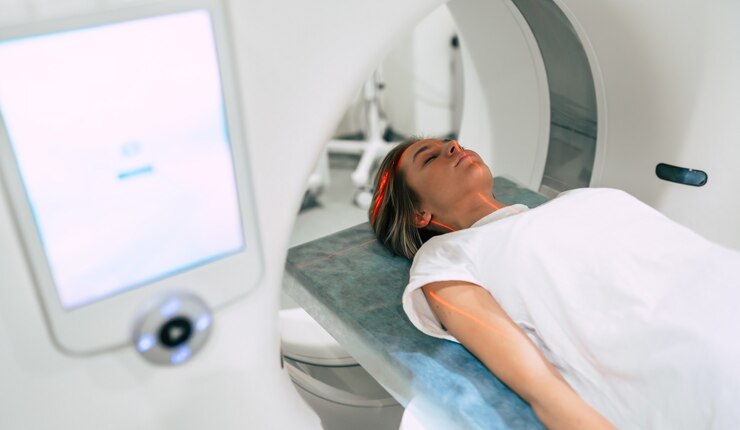Ultrasound Scan
Ultrasound imaging (sonography) uses high-frequency sound waves to view inside the body. Because ultrasound machine images are captured in real-time, they can also show movement of the body’s internal organs as well as blood flowing through the blood vessels.
What is an ultrasound scan?
An ultrasound scan creates a real-time picture of the inside of the body using sound waves. Ultrasound is generally painless and non-invasive. Ultrasound works differently to x-ray in that it does not use radiation.
What are the types of ultrasound scans?
The common types of ultrasound scan are:
- abdominal ultrasound, which examines the internal organs of the abdomen, such as the liver, gallbladder, pancreas and spleen
- obstetric/pregnancy ultrasound, which is a routine scan to assess the growth and health of the baby
- female pelvis ultrasound, which may use trans vaginal ultrasound (with the transducer in the vagina) or external pelvic ultrasound to look at the female pelvis, uterus, cervix, Fallopian tubes and ovaries
- breast ultrasound, which is used to assess breast symptoms such as lumps, and also to screen for breast cancer in women with dense breast tissue
- renal ultrasound, which is used to scan the urinary tract including the kidneys and bladder
- trans rectal ultrasound, which provides images of the prostate gland
- Doppler ultrasound, which monitors blood flow in the major arteries and veins
- echo cardiography , which examines the heart
- 3D ultrasound, which shows a three-dimensional picture of the inside of the body
- 4D ultrasound, which creates a three-dimensional picture in motion






